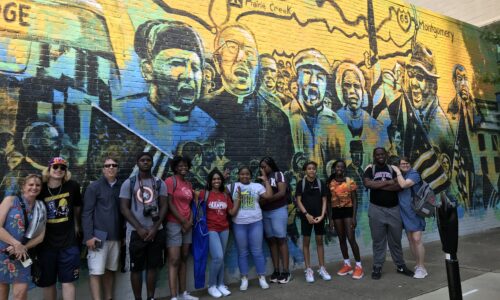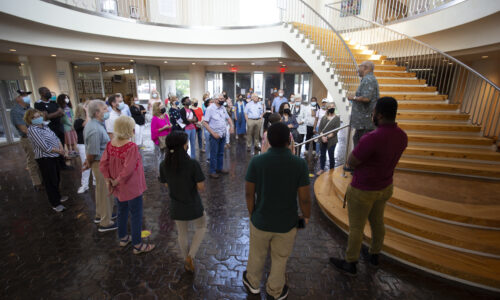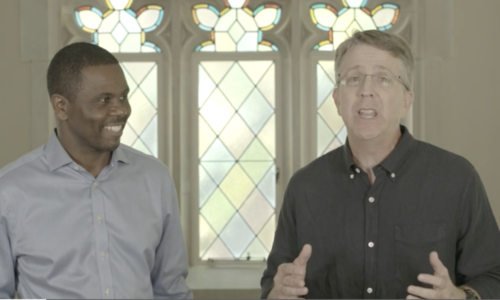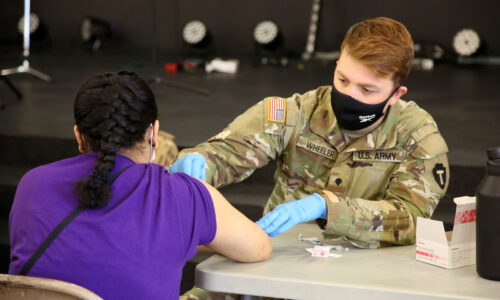Civil rights pilgrimage: The fight of the past, passed to the future
July 27, 2021 by Alex Yocum-Beeman


Take a Class: Stronger Together, Weaker Apart - A Race is a Nice Thing to Have
Designed to give participants greater self-awareness, cultural understanding, and lead us into unity with others, this standalone class, led by Karla Nivens, will study “A Race is a Nice Thing to Have” by Janet E. Helms.
As the bus pulled out of the parking lot of Highland Park United Methodist Church the morning of July 12, our group of 19 travelers—12 Camp-to-Career students from South Dallas and seven adults—were challenged to invest themselves in a journey that would change their lives forever.
The weeklong trip took the group through the Deep South, walking the same paths as John Lewis, Dr. Martin Luther King Jr., and Rosa Parks and speaking to those who lived it firsthand at ages younger than passengers on the trip itself.
“A lot of people went through something I could never go through and paved the way for us to be where we are today,” Raven Stevenson, Camp-to-Career participant, said. “It was fascinating and heartbreaking to see what they went through but it makes you grateful for what you have and lets you know it’s not over. It makes you want to fight for those that can’t fight for themselves and those that lost their lives fighting for us.”
Participants on the pilgrimage thought much of what they saw throughout the different museums was that of legend, as they were never taught African American history in school, or groups like the Ku Klux Klan were made-up stories like the “Boogeyman.” However, once they saw it firsthand, their pain and understanding for their ancestry and the future that is being carved from it hit them all in different ways.
“Some of the stuff that I learned is some of the stuff I probably never would have believed if I didn’t see it myself. It’s amazing, I was never given the opportunity to know civil rights like I do now,” Lakendria “Ke Ke” Waters, Camp-to-Career participant, said.
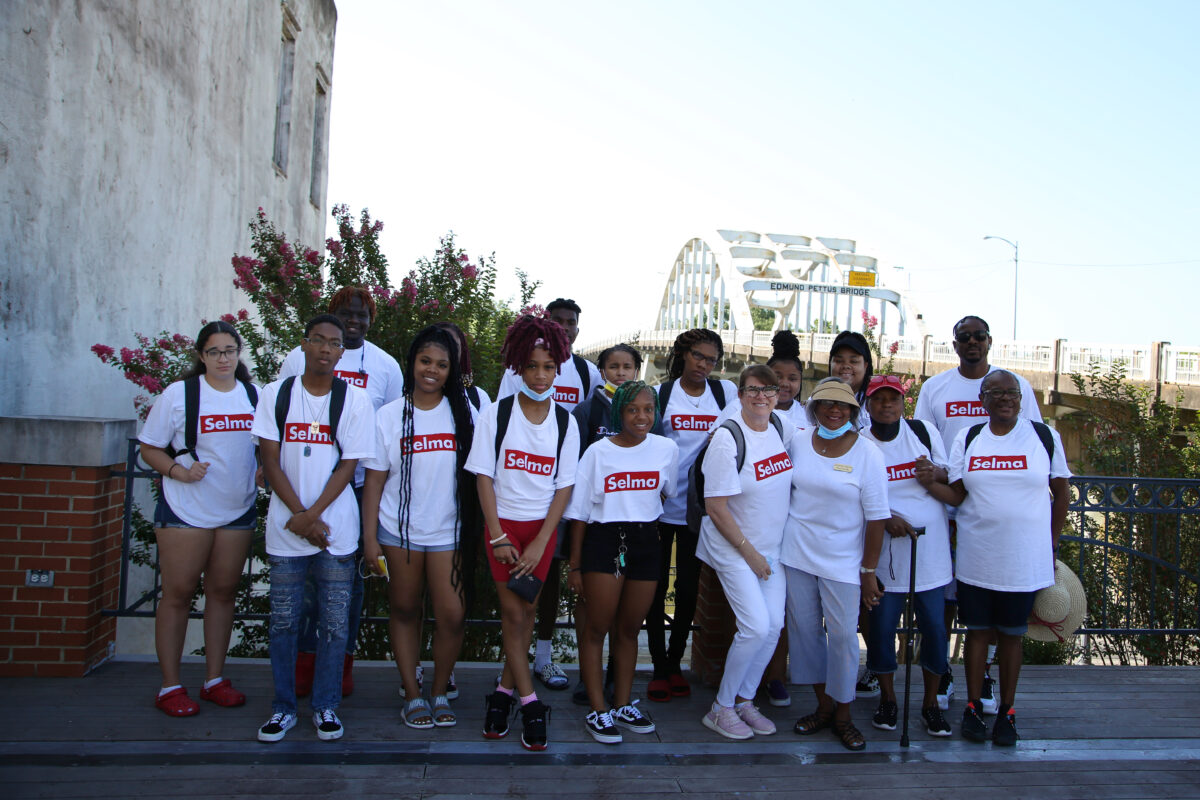
Students were chosen to go on this trip because they hit the age of 17 in HPUMC’s Camp-to-Career program. From ages nine to 17, students are sent to camp for a week of fellowship and community, but Lori Glanzer, Impact Coordinator and Director of Camp-to-Career, saw a hole form in 2019 when the students “aged out” of camp. She then started a new level of programming that included a trip for the seniors to walk that bridge in Selma.
For the kids, the trip added to the heart of the ministry that started in 1970 and has spanned generations—three to be exact—giving them a sense of belonging, empowerment, and a great sense of faith.
“It gives you a community of people you can talk to, that you can trust—in camp and on trips like this and outside of camp,” Raven said. “It makes you feel welcome and open, and to know people care about you and see you even though it doesn’t feel like people see you. Had it not been for Ms. Lori, I wouldn’t have met these people and wouldn’t have such a good relationship with God like I have.”
For Glanzer, it gives another way to bring the kids in, keep them safe, and watch them grow personally and professionally. But more importantly, showing them what our HPUMC community is all about.
“I hope that they know that they are loved and that they are valued and that as a church, as Highland Park United Methodist Church sees it, we bring them in as campers and then we keep them through their senior year and continue to give them opportunities they normally wouldn’t have. We do that through love, through experience, and through education and teaching and learning,” she said.
“My hope is that when they are adults and they are driving down Central Expressway and they pass that exit at Mockingbird,” Glanzer continued, “they sit back and think ‘oh wow, I remember when I was a kid and took that exit, that’s where HPUMC is, and I have memories that will last a lifetime. That church provided those memories for me.”
By the end of the pilgrimage, the students were not only asked to reflect on all they learned and what this opportunity meant to them but how they were going to take the torch and legacy of the civil rights activists before them into the future.
“People fought for me, so if something happened to this generation, I know I would want to fight for my people in the future,” Lakendria “Ke Ke” said. “What they went through is something that I could never see myself going through, but if I had to, I would for my people. They still fought for everyone and I respect that.”


